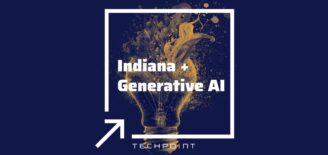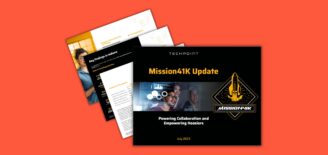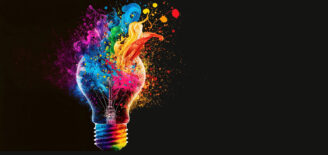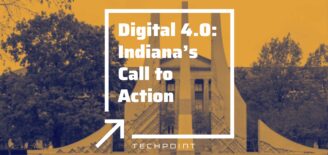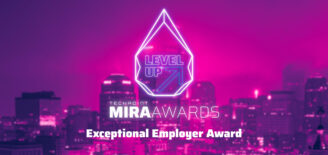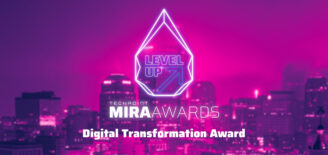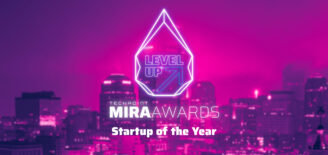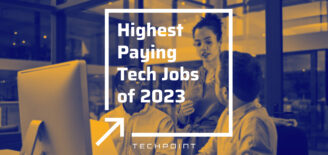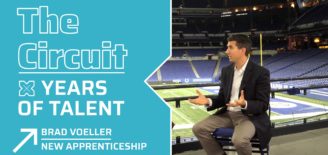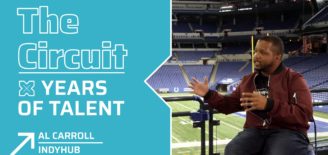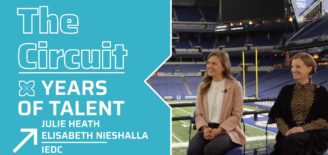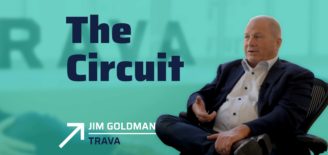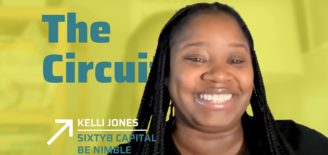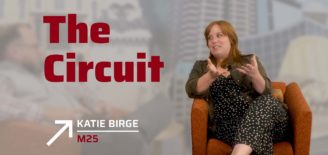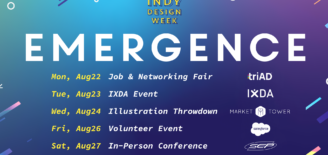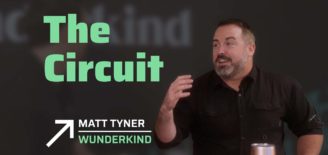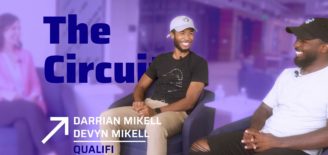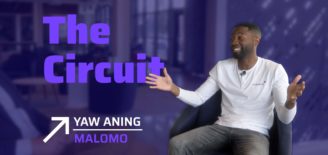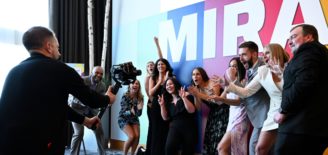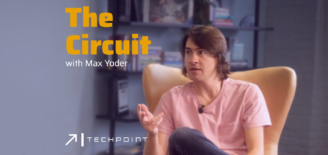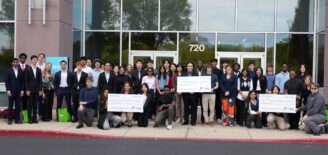5 easy steps to become a unicorn and other highlights from Midwest UX design conference
As a first-timer to the Midwest UX design conference, I was blown away as I sat in my first session led by Jared Spool. His passionate presentation was an explanation of all of the skills a designer needs to master in order to go from a junior designer to the most elite, all-encompassing level of designer: a Unicorn.
Here is Jared’s list of unicorn skills: visual design, information architecture, user research practices, interaction design, editing and curating, copy writing, design process management, information design, marketing, technology, agile methods, analytics, use cases, ethnography, social networks, business knowledge, RDI, domain knowledge.
I know what you are thinking. “Impossible!” That was my first reaction, as well. There is no way to become a master at all of those skills in a single lifetime. Not a chance. Not in a million years, especially when the speed of change in technology rivals one of those Japanese bullet trains. Could one acquire common, even working knowledge of the aforementioned list? Sure, absolutely. But not a master. Not a unicorn.
Alas, Jared disagrees. And here’s why.
After data collected from a multi-year research program Jared conducted with associate Dr. Leslie Jenson-Inman to dissect how organizations educate, hire, train and develop designers (aptly named the Unicorn Institute), Jared and Dr. Leslie launched Center Centre, a school that nurtures industry ready UX designers.
Jared listed 5 easy steps to becoming a unicorn:
- Pick a skill and train/teach yourself.
- Practice those new skills.
- Deconstruct as many designs as you can; learn from them.
- Seek out feedback (and actually listen).
- Teach it to someone else.
According to Jared, we don’t truly learn something until we teach it to someone else. Makes sense, right? Not to be forgotten: Passion fuels the best designers. Unicorns don’t exist without passion.

Mayo Clinic, NOAM, and beyond:
Not missing were lessons that pertained to the medical field. Lorna Ross (from Mayo Clinic CFI) elaborated on her experiences and challenges designing systems surrounding medical organizations. Not only is the UX of the doctors and their staff involved, but also the impact that the doctors, nurses and staff using those systems have on the patient. Complexity on top of complexity; experience affecting experience.
Simon King, design-director for IDEO in Chicago, demonstrated how prototyping and UX led the way to IDEO’s NOAM platform, allowing a new level of communication between software, hardware, and users. In his “Strong Ideas, weakly held” talk, he made some great points about how passionate ideas can get in the way of forward progress. Instead, one should aspire to have those passionate ideas, but be able to let go of them if they prove wrong. Otherwise you get stuck.
Also, NOAM is open-sourced and free for all users. That’s pretty cool.
Amidst all of the technology and future of UX talk, communication took center stage in Tom Greever’s talk on Articulating Design Decisions. He led what I thought was a fascinating discussion on not only how to talk, but also how to listen. A black-and-white list of “What not to say” wrapped it up and had the audience nodding and laughing alongside Greever.
Another brilliant deviation from all the tech talk were the ‘Make’ stations. Spinning from the screening of the documentary “Make,” conference goers could build and play with littlebits and my favorite: the ‘Throwies.” To make a throwie, you connected a light emitting diode (LED) to a magnet and a battery with tape. Then you tossed it at a metal board, where it sticks and combines with others to make a beautiful led-covered wall. My first attempt at the throwie was less than successful, or, maybe it was my aim, but I got there. It was great fun.
My biggest, most esoteric takeaway: mobile isn’t the future, it is the now. That was a pretty clear message in numerous presentations. If you are preparing for the future, you must ditch the notion of mobile design and experience being the final destination, and push beyond the limitations of screen-based experiences into the world of sensors and communication between objects, people and devices.
Did you attend the Midwest UX Conference this year? I’d love to hear your thoughts. Did any speakers or lessons speak to you?
If you just can’t live without one and must buy a unicorn head like the one pictures above, visit ThinkGeek.


